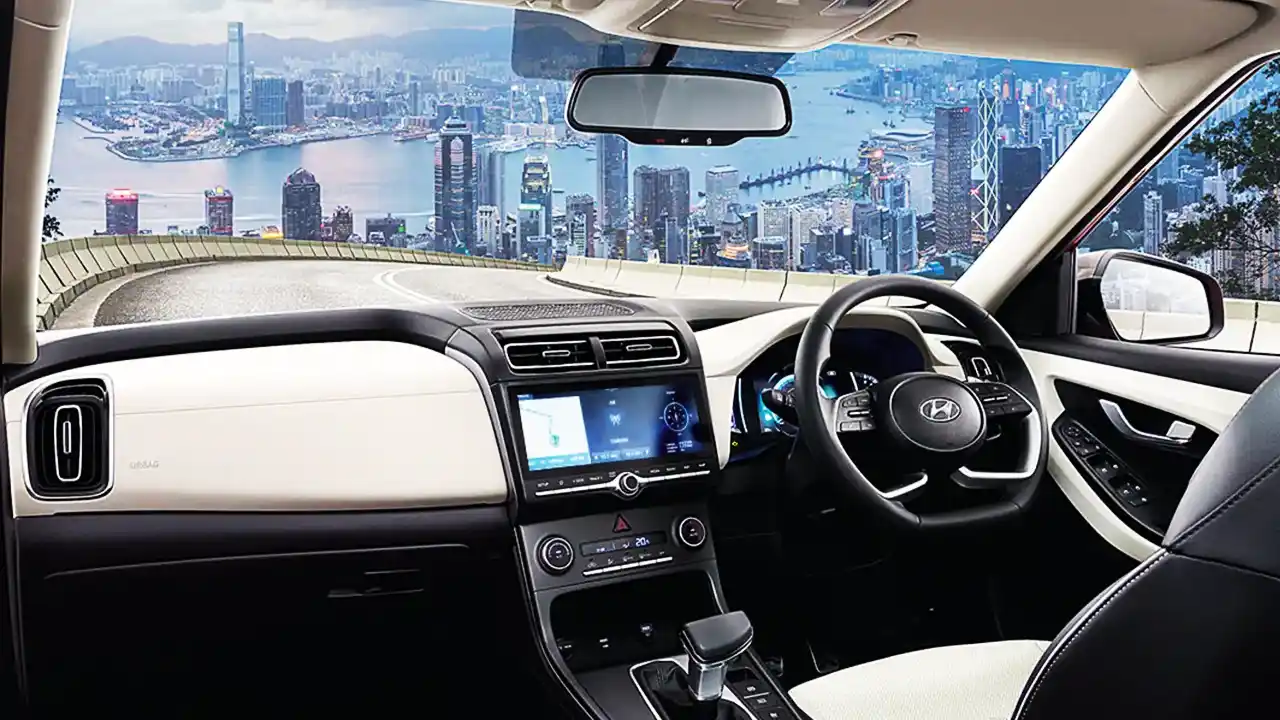Home »
The auto industry is known for its constant innovation and change as producers work to satisfy consumers’ shifting needs and tastes. Hyundai, an essential force in the international auto industry, has improved its models regularly to maintain its lead in this cutthroat market. The Hyundai Creta, a small SUV that has experienced changes throughout time, is one such example. The differences between the old and new Creta are examined in this comparative analysis which also highlights the technological improvements, features, designs, and performances of each.
Design and Exterior
The old Creta boasted a design characterized by a bold and muscular stance. In addition to its bold front fascia, it included Hyundai’s recognizable hexagonal grille on either side of slim headlights. The body contours were prominent, giving the SUV a robust appearance. However, some critics pointed out that the design lacked innovation and originality compared to its competitors.
On the other hand, a significant redesign was applied to the new Creta, bringing in Hyundai’s most recent design concept, “Sensuous Sportiness.” The new model features sculpted surfaces and sharper lines, giving it a more dynamic and modern appearance. Split LED headlights match the broader, more imposing front grille, adding to the car’s unique appearance. The updated bumper design and streamlined LED taillights on the back end add to the overall beauty of the vehicle. With its contemporary and avant-garde flair, the new Creta’s design marks a considerable shift from its predecessor and aims to captivate a wider audience.
Interior and Comfort
Although the original Creta’s interior was efficient, it lacked some of its competitors’ premium feel. The cottage was ideal for family vacations and city travel because it had enough room and useful storage options. The use of rough plastics and substandard upholstery, according to several consumers, disappointed them, and the material quality and refinement fell short of their expectations.
Hyundai responded to these complaints with the all-new Creta, taking interior design to a new level of refinement. With high-quality materials covering every surface, the interior radiates luxury and comfort. For the comfort of the occupants, soft-touch plastics, leather upholstery, and ambient lighting create an inviting atmosphere.
- Audi GT50 Concept: A Loud Reminder of Why Car Enthusiasts Fell in Love With Audi
- Nearly 30% of UK Drivers Believe Car Tax Should Be Based on Mileage — Survey
- Why Planes and Boats Escaped the Luxury Tax But Cars Didn’t
- Australia’s Headlight Confusion: Authorities Warn Drivers After Viral $250 Headlight Rule Goes Wild Online
- 2025 Hyundai Venue Facelift Launched in India – Full Details, Variants, and Price
A larger touchscreen infotainment system with smartphone integration, a digital instrument cluster, wireless charging, and enhanced driver assistance functions are just a few of the technological innovations included in the new model. Hyundai has also focused on noise insulation, making for a quieter and more elegant driving experience. Overall, the new Creta establishes a higher standard for comfort and interior quality, solidifying its place as a strong rival in its class.
Performance and Engine Options
The Old Creta catered to many consumer preferences by offering a selection of petrol and diesel engine options. The petrol versions’ engine provided sufficient power for short commutes and sporadic highway travel. On the other hand, the diesel versions came with an engine noted for its torque and fuel economy. The original Creta had good driving dynamics, with snappy handling and comfortable ride quality, but aficionados thought it lacked some of the sportiness of some of its competitors.
Hyundai has introduced a range of sophisticated and economical engines in the new Creta, raising the bar in terms of performance. The engine that powers the petrol versions now produces more power while using less fuel. However, the diesel versions get an engine upgrade that results in an engine that improves performance and lowers emissions. The new Creta also has improved steering calibration and suspension tuning, which leads to better handling and more stability at high speeds. The new Creta maintains its leadership position in the segment by providing a well-balanced combination of performance and efficiency, whether cruising long distances or maneuvering through congested city streets.
Conclusion
Hyundai’s transition from its previous iteration to the current model is a prime example of the brand’s dedication to innovation and consumer happiness. The new Creta sets the standard in the small SUV market with its dramatic makeover, opulent interior, improved performance, and state-of-the-art electronics. Creta’s new model represents a significant advancement in terms of appearance, features, and general refinement, while the old Creta created a strong foundation with its practicality and dependability. The new Creta is proof of Hyundai’s ambition for the future of mobility as it continues to push the envelope in the automotive industry.
